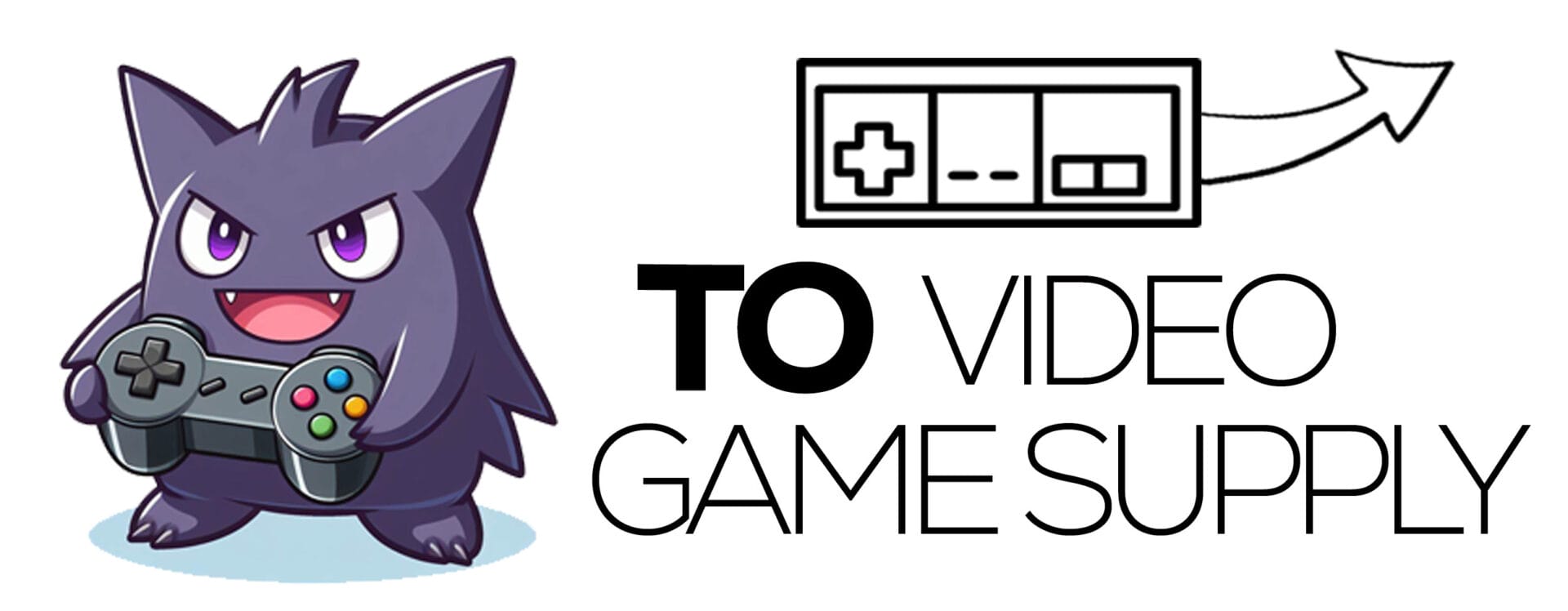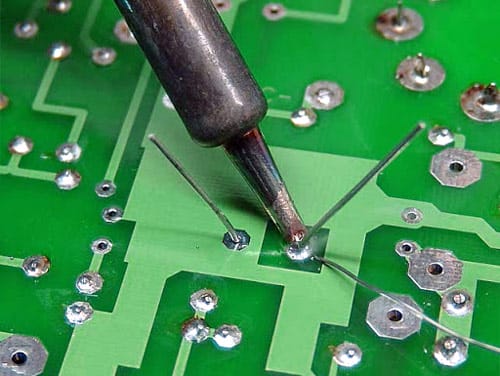Soldering is a useful skill to have, whether you’re a hobbyist who likes to tinker with Retro Consoles or someone who wants to learn a new trade. Soldering is the process of joining two metal pieces together using a filler metal (solder) that melts at a relatively low temperature. It requires a few basic tools and materials to get started, but with some practice, you’ll be able to create strong, permanent connections.
The first thing you’ll need to start soldering is a soldering iron. This is a handheld tool that heats up to melt the solder and is used to transfer heat to the joint you’re soldering. There are many types of soldering irons available, but for beginners, a basic, adjustable temperature soldering iron is a good choice. It’s important to choose a soldering iron with a wattage that is appropriate for the types of projects you’ll be working on – lower wattage irons are better for delicate electronics work, while higher wattage irons are better for heavier components.
Next, you’ll need solder. Solder comes in different types and sizes, but for most electronics projects, a rosin-core solder with a diameter of around 0.02 inches will work well. Rosin-core solder has a flux core that helps clean the joint as it melts, ensuring a strong connection. It’s important to choose the right type of solder for your project – lead-based solder is commonly used in electronics, but lead-free solder is also available for those who want to avoid exposure to lead.
You’ll also need a few basic accessories to help you get started with soldering. A soldering stand is a handy tool that holds your soldering iron in place when you’re not using it, preventing accidental burns or damage. A sponge or brass wire tip cleaner is also essential for keeping your soldering iron clean and well-maintained. Additionally, having a helping hand tool with alligator clips can be useful for holding components in place while you solder.
Finally, safety is key when soldering. Make sure to work in a well-ventilated area to avoid inhaling harmful fumes from the solder. Always wear safety glasses to protect your eyes from flying solder and flux. And be sure to unplug your soldering iron when it’s not in use to prevent accidents.
With these basic tools and materials, you’ll be well on your way to mastering the art of soldering. Practice on scrap pieces of metal or old electronics before tackling more advanced projects, and soon you’ll be confidently creating strong, reliable connections in your own projects. Happy soldering!


